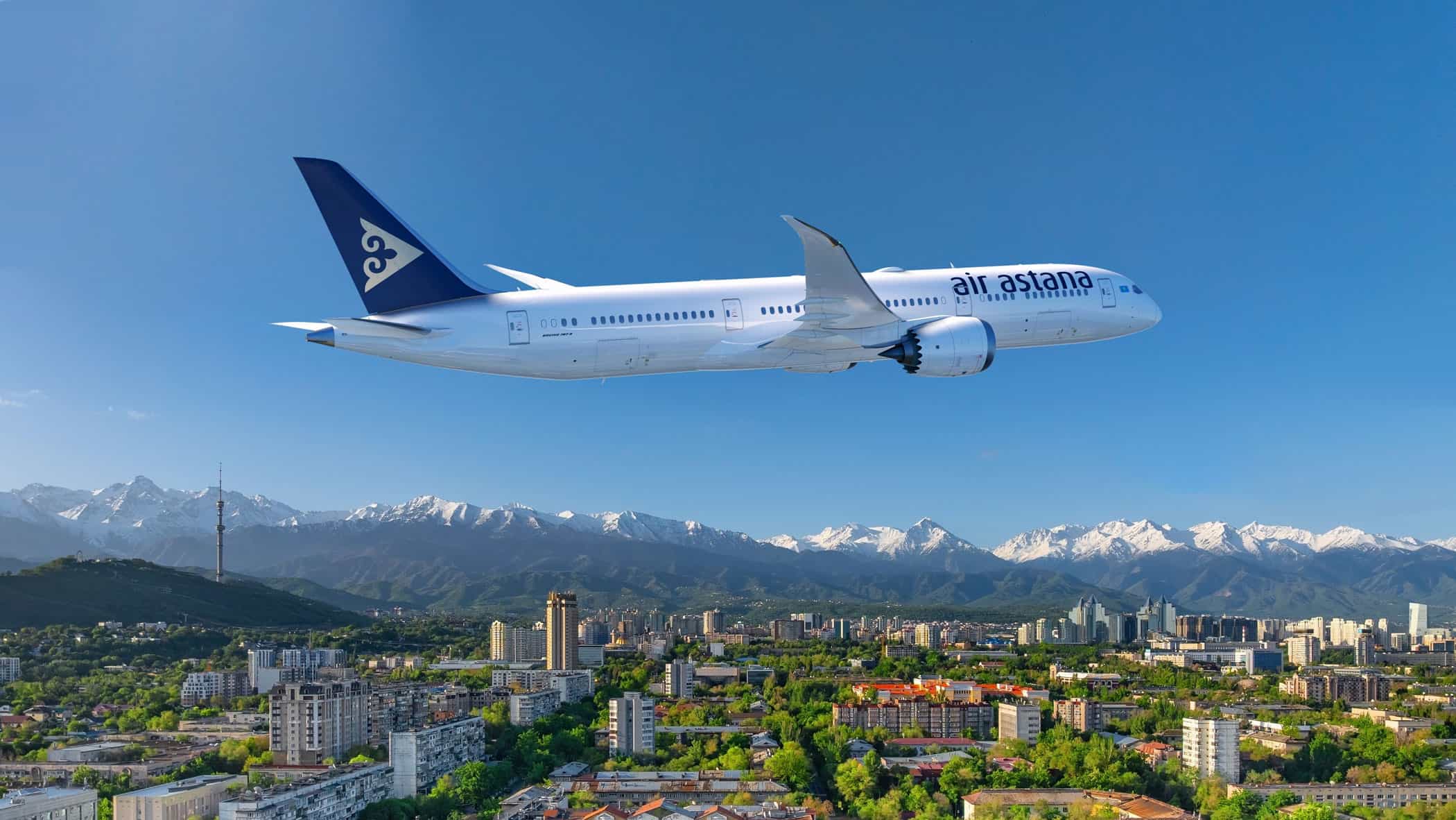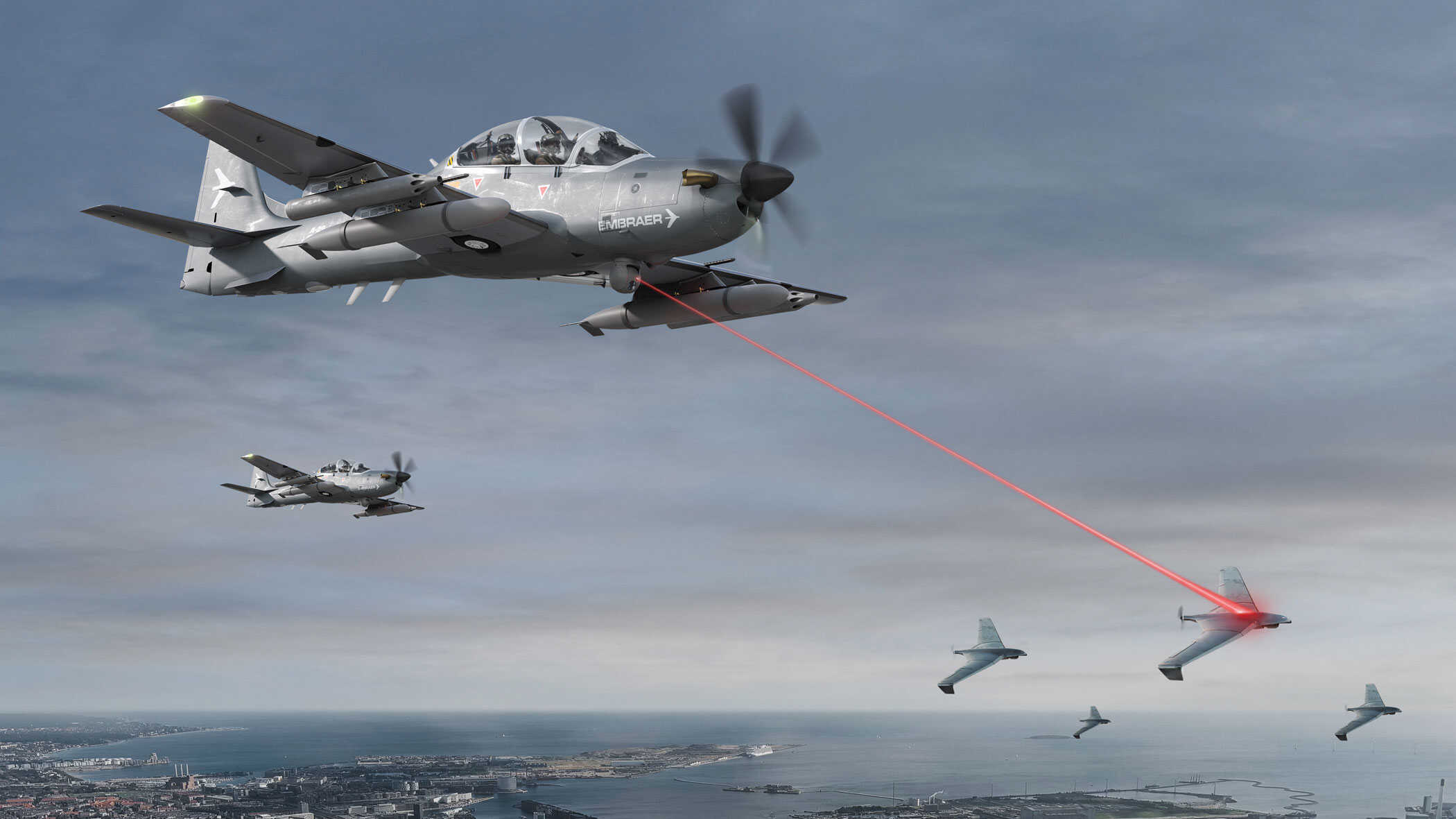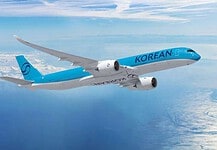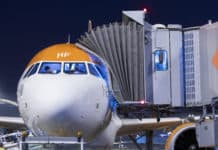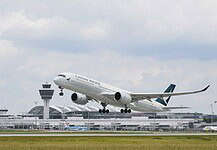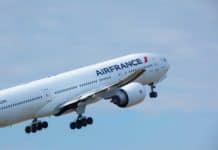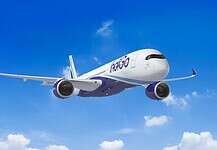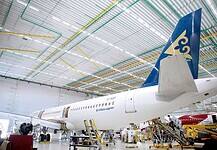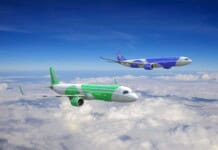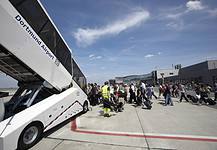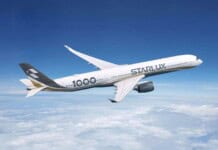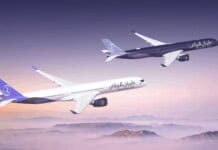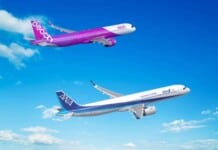This site is also available on:
Deutsch
Qantas Airways has become the first operator in the Asia-Pacific region to introduce the latest version of the Airbus A321XLR into its fleet. This decision follows the delivery of the first aircraft from the Airbus production facility in Finkenwerder, Hamburg. The A321XLR is equipped with innovative technologies and offers airlines the opportunity to operate more efficient and environmentally friendly flights.
The A321XLR is known for its range and flexibility and represents a significant advancement for the A320neo family. This aircraft’s range is up to 4,700 nautical miles, making it the longest-range single-engine aircraft on the market. This opens up new opportunities for airlines to serve both domestic and international routes with reasonable fuel consumption.
Qantas plans to initially operate the A321XLR on domestic routes within Australia. It may also open new flights on secondary routes to Asia in the future. The flight from the Airbus factory to Sydney will operate with only one crew stop in Bangkok, demonstrating the long-term passenger capacity and operational complexity of Qantas’ itineraries.
The latest version of the A321, the A321XLR, is powered by Pratt & Whitney GTF engines and features a state-of-the-art, two-class cabin, with 20 seats in Business Class and 177 in the Main Cabin. This configuration is optimal for the regional and international aviation markets, combining both comfort and efficiency.
As part of its fleet modernization program, the Qantas Group has placed a total of 40 orders for A321XLRs. Of these, 28 aircraft are for Qantas and 12 will be delivered to its subsidiary Jetstar. This order is part of a broader Qantas order from Airbus, including 128 single-engine aircraft and 24 A350-1000 wide-body aircraft.
The A321XLR is considered the next evolution of the A320neo family, responding to market demands for increased range and payload. These developments are necessary to meet the growing demands of the aviation market. The A321XLR not only offers extended ranges but is also equipped with state-of-the-art technology that results in lower fuel consumption and CO2 emissions of up to 30% compared to previous models. This makes the A321XLR a more environmentally friendly choice for airlines.
Furthermore, Airbus has already received over 500 orders for the A321XLR, reflecting the strong interest and confidence in this new aircraft family. The ability to run on up to 50% sustainable aviation fuel (SAF) also positions the A321XLR as a sustainable option for the future of aviation. Airbus has set a goal of developing aircraft capable of flying on up to 100% SAF by 2030.
In summary, with the A321XLR, Qantas has made a forward-looking decision that not only modernizes its fleet but also makes a positive contribution to the environment. The entry into the A321XLR fleet demonstrates Qantas’ commitment to keeping pace with changing market conditions and meeting passenger needs while simultaneously considering environmental goals.


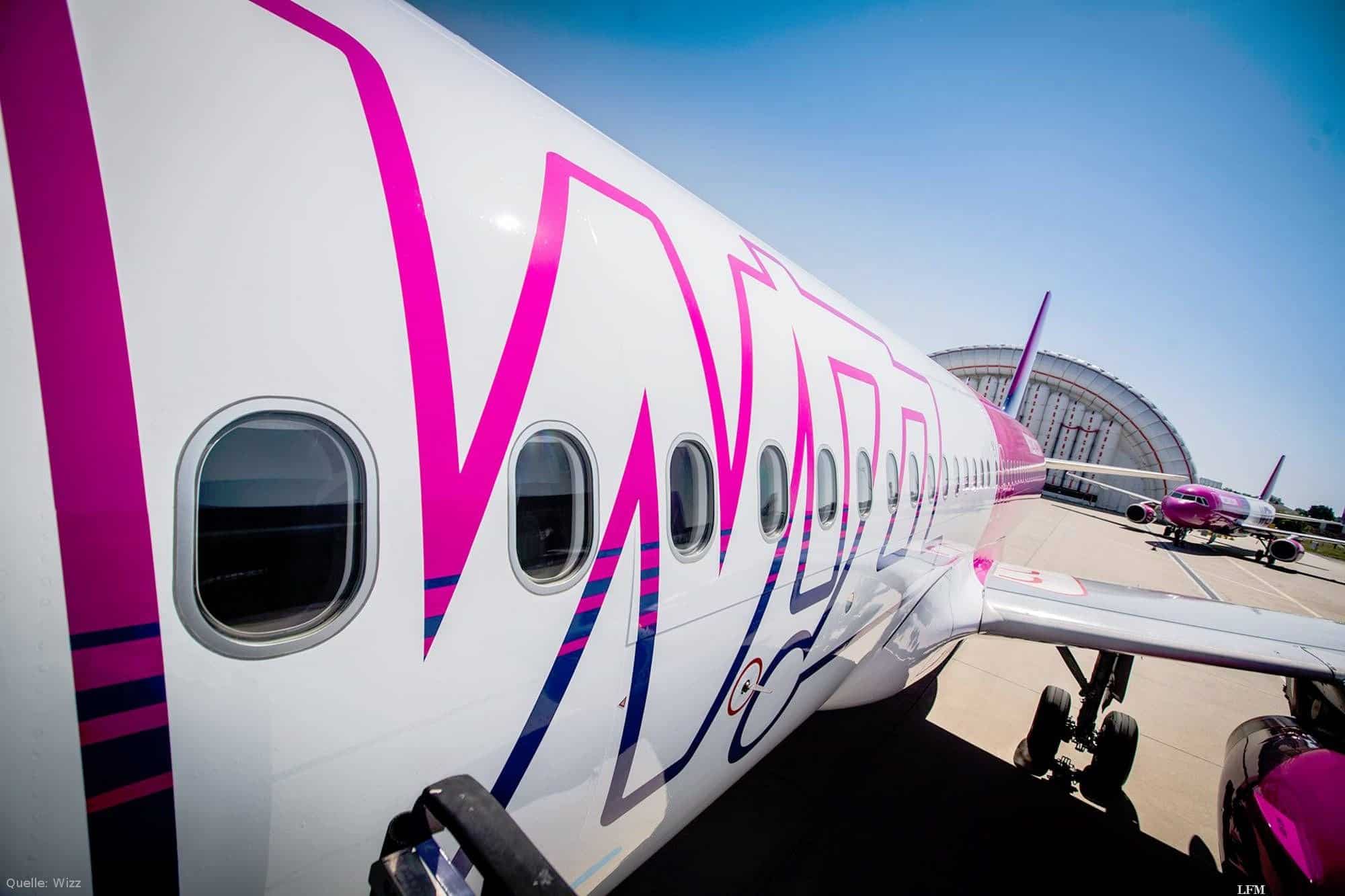 WIZZ Discount Club: More benefits for members (WIZZ Discount Club: More benefits for members)
WIZZ Discount Club: More benefits for members (WIZZ Discount Club: More benefits for members)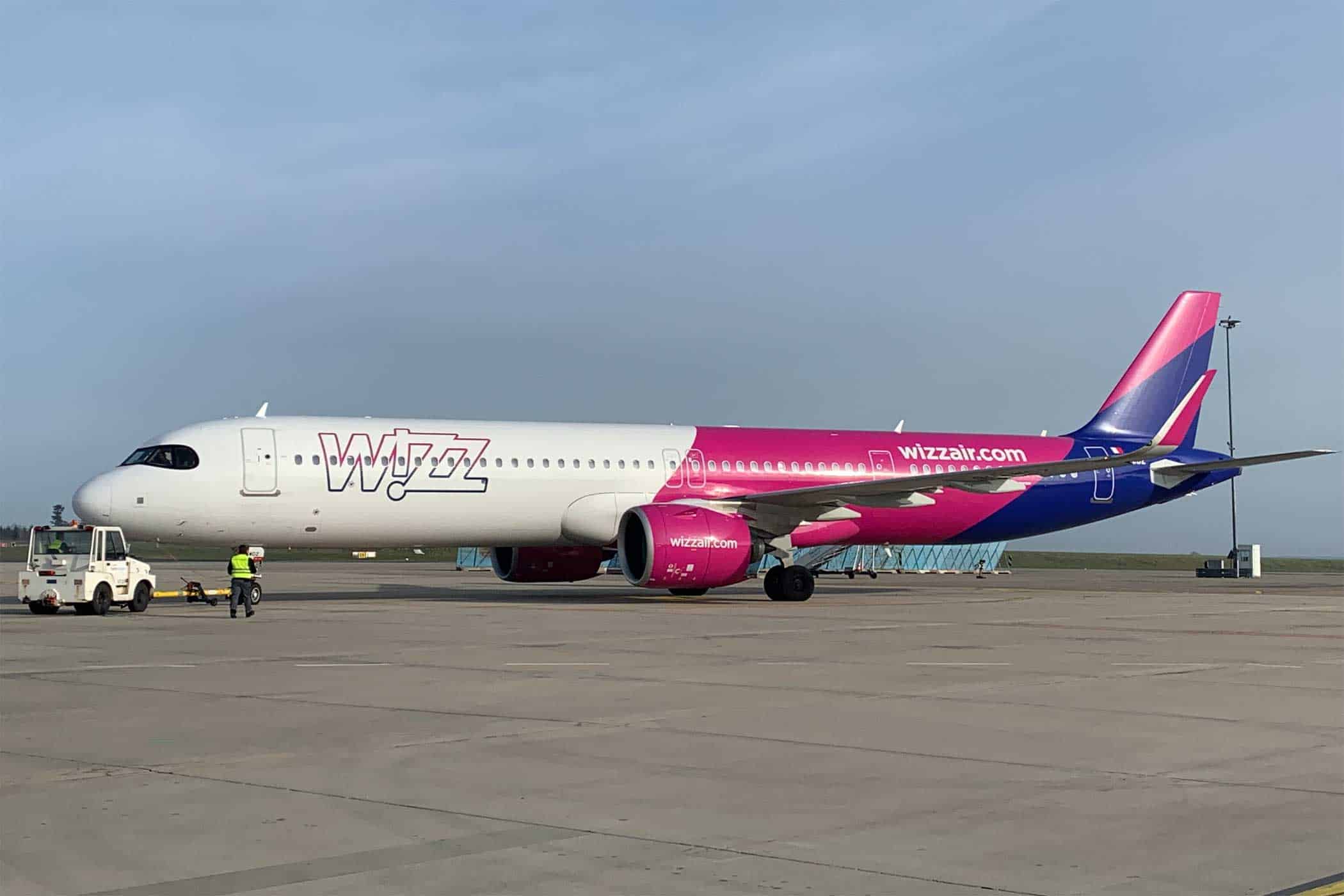 Wizz Air: New flights to Bucharest and Sibiu from Hahn Airport (Wizz Air: New flights to Bucharest and Sibiu from Hahn Airport)
Wizz Air: New flights to Bucharest and Sibiu from Hahn Airport (Wizz Air: New flights to Bucharest and Sibiu from Hahn Airport)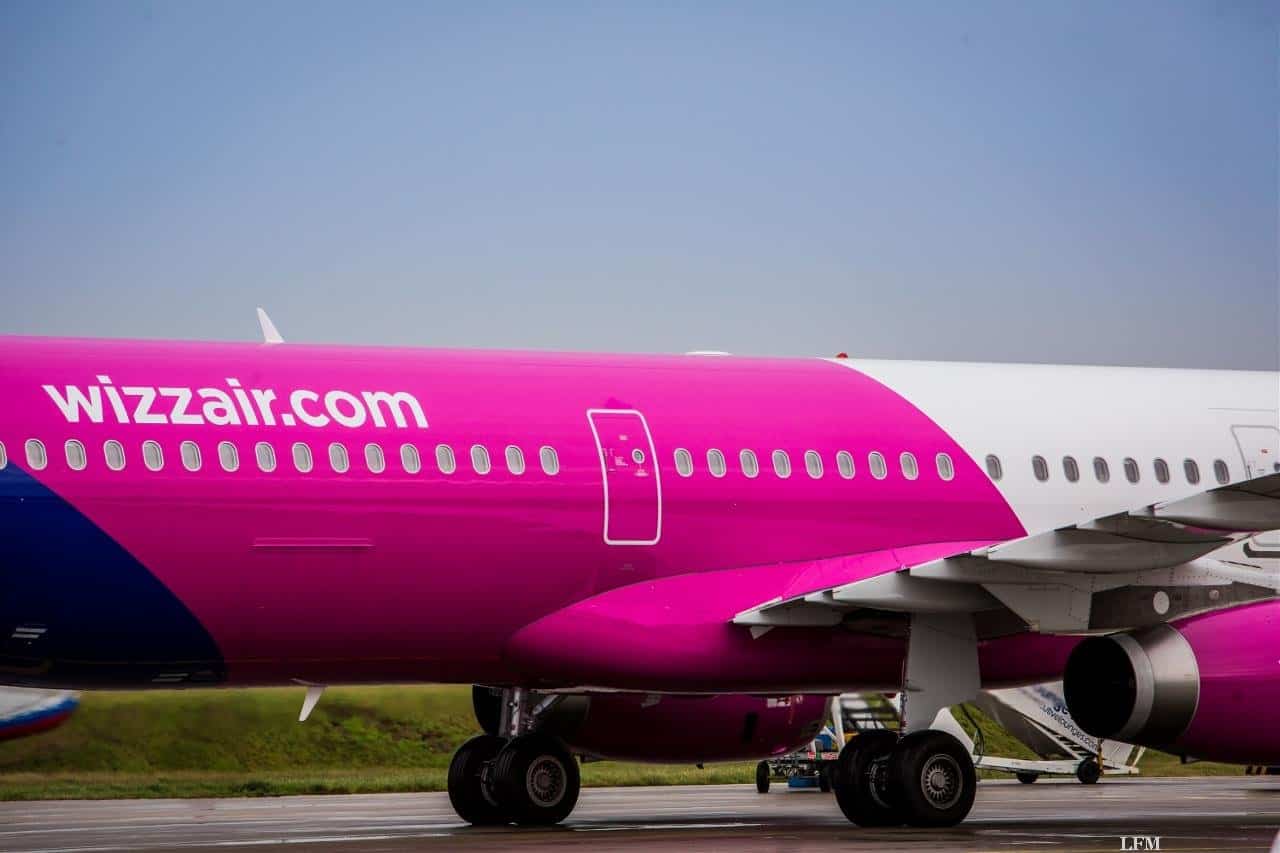 Wizz Air resumes flight connection Dortmund – Szymany (Wizz Air resumes flight connection Dortmund – Szymany)
Wizz Air resumes flight connection Dortmund – Szymany (Wizz Air resumes flight connection Dortmund – Szymany)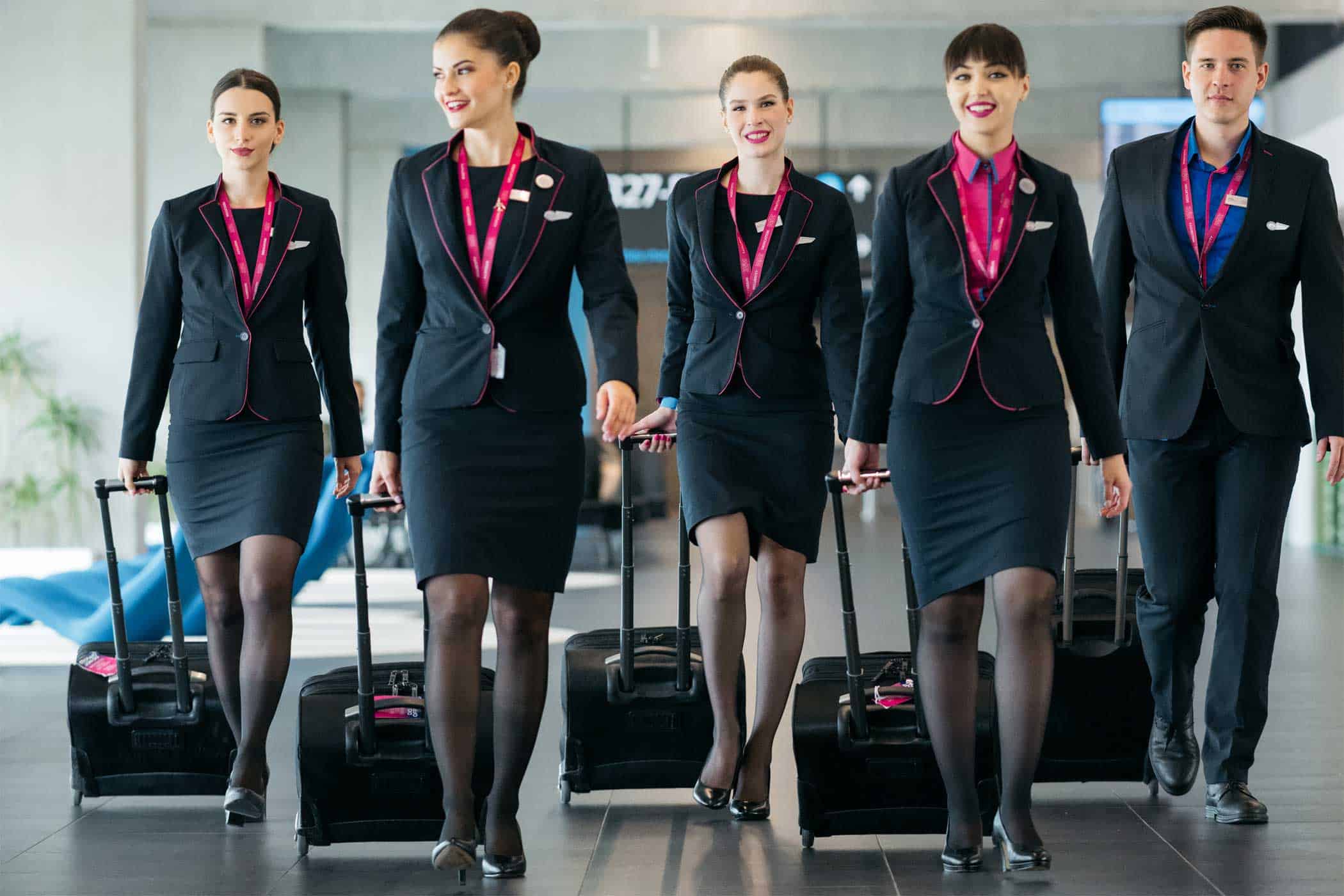 Wizz Air promotes female power in the skies (Wizz Air promotes female power in the skies)
Wizz Air promotes female power in the skies (Wizz Air promotes female power in the skies)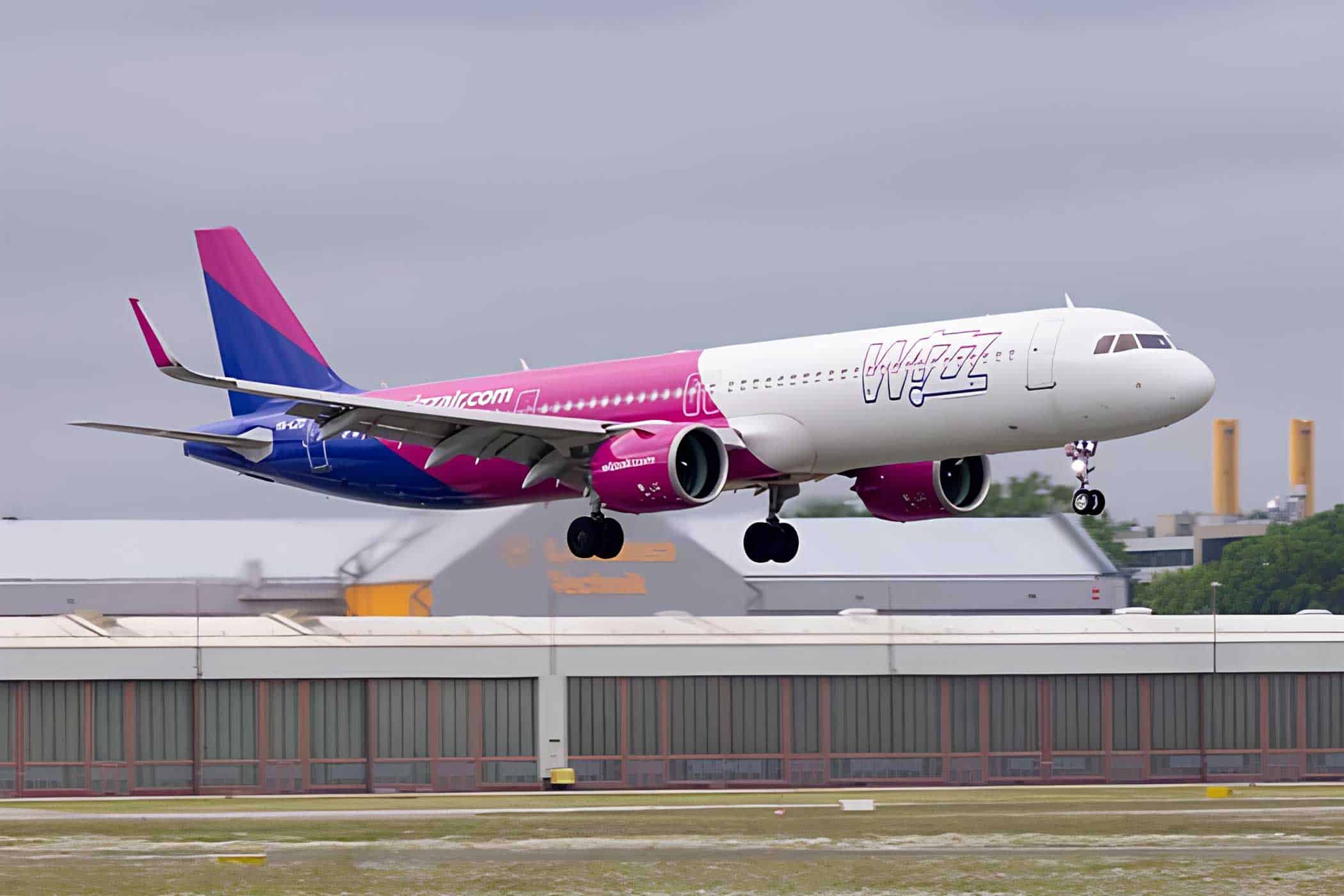 Wizz Air launches route to Kutaisi (Georgia) from Hamburg Airport (Wizz Air launches route to Kutaisi (Georgia) from Hamburg Airport)
Wizz Air launches route to Kutaisi (Georgia) from Hamburg Airport (Wizz Air launches route to Kutaisi (Georgia) from Hamburg Airport)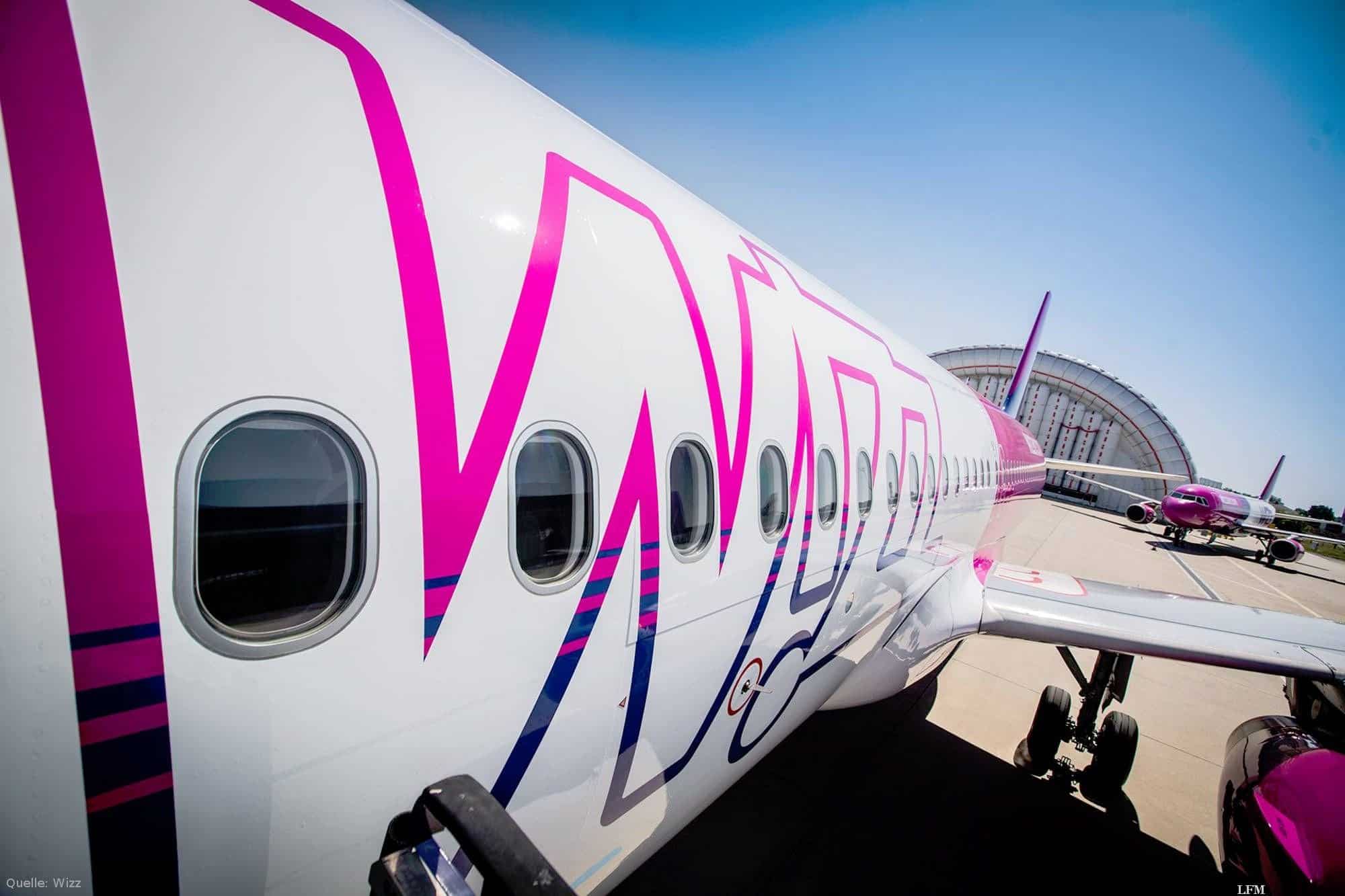 Wizz Air invests 14 billion euros in customer commitment (Wizz Air invests 14 billion euros in customer commitment)
Wizz Air invests 14 billion euros in customer commitment (Wizz Air invests 14 billion euros in customer commitment)